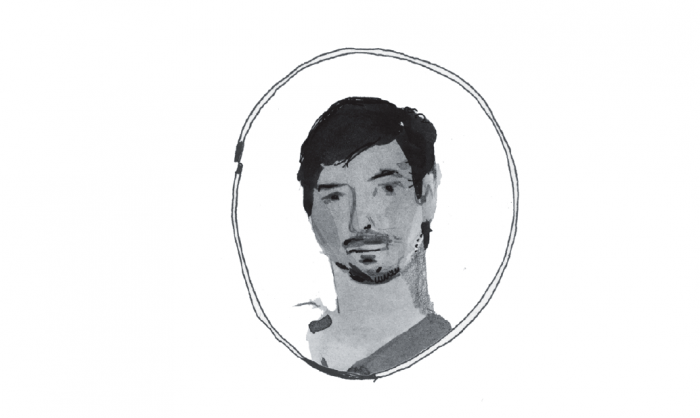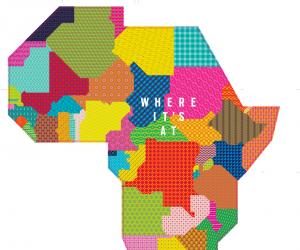Part of the Project

The clichéd perception of Africa is that of a continent in constant crisis, a tragic land of hunger, poverty, drought, disease, corruption and brutality.
But the first world is no longer the cradle of power it was even five years ago – emerging economies are coming into their own and the world is slowly coming out of its consumption induced stupor and questioning the status quo.
We invited some friends from foreign shores to look into the future here on the Dark Continent, which it seems might not be so dark after all. Next up is product designer Joost Alferink.
Looking in on Africa from the European perspective it’s always been tempting to feel a little like the all-knowing parent. Well not so much anymore. These days Europe is in deep trouble. Together with the once mighty United States of America, we’re starting to pay the price for years of ignorant overspending. Where once budget was of little concern, money is now swiftly evaporating and both consumers and industries are becoming extremely reticent when it comes to spending.
The thing about being an industrial designer is that you need clients with money, serious money to get a project going! So when the money dries up, so do the projects. Of course it’s not quite endof-days just yet; the historical context of Europe will keep it centre stage for some time; the wealth gathered will still be in circulation for decades to come but certainly the halcyon days are over. And perhaps the sobering experience of a new normal might turn out to be just what we need.
But back to the practice of industrial design. Where art flourishes in hard times, industrial design needs generous amounts of both time and money to create the desired effect. A not-too-complicated consumer product takes a year or two to make it to market. This is when clients and designers are already familiar with the process of innovation. When relations have to be formed and production processes have to be built, a project can take up to four years or longer. Who has the time, the resources, the patience and vision to go down this winding path? Only those rare clients who understand the reward of true innovation – to bring products to the market that really serve a purpose; the ones that understand that not all innovations become a success, but in the end, with some persistence the benefits of rigorous industrial design can be beyond all expectations.
So, when things get tough, where do we designers go? Where the money is! We travel the world and venture towards Asia and other places that are still booming. We take our expertise to whoever is willing and able to pay for the added value of design. We become more transparent, more generous with our expertise and more flexible in finding ways to use it.
Africa is a different story. For once, being a little removed from the rest of the world might do the trick. The level of creativity is immense. When you travel throughout Africa – and specifically South Africa – you notice an incredible inventiveness and resourcefulness. Africans find unique solutions to their problems.
You might think that this attribute – together with the strong manufacturing history and a wealth of natural resources – would create the perfect conditions for a flourishing design industry. Unfortunately this is not the case. South Africa boasts few product design studios with 10 creative employees or more. Why? From an outsider’s perspective, it has to do with time and vision. Get rid of the pervasive and hugely destructive short-term mentality. Create a professional platform where companies and designers can build networks, share successes and failures and push the overall ambition to bring good products to the market. Things are happening; the Design Indaba conference has given creative Africa an enormous boost; the Design Indaba Expo’s growth in terms of both numbers and quality of exhibitors is encouraging; initiatives such as the Design Network are getting stronger; Cape Town has won the bid for World Design Capital 2014. Now it is time to get big business involved. Decision makers need to be educated about the added value of design and make it an integral part of their mid- and long-term business strategy.
Make it happen! With love, from a sobering-up European product designer.
This article was originally commissioned for Where It's At, a Design Indaba publication created in collaboration with Richard Hart and disturbance design published in 2012.







